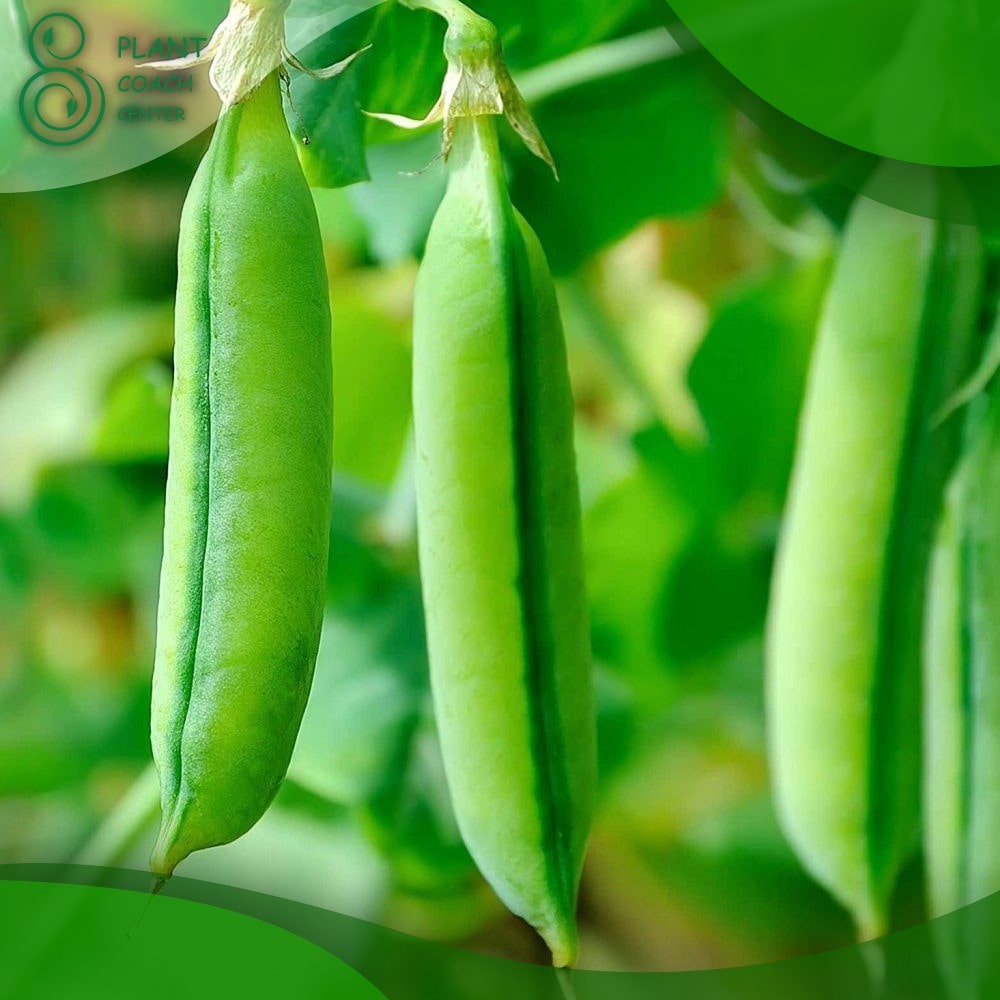When to Plant Peas in Zone 5
Welcome to the world of pea planting in Zone 5! If you’re an avid gardener in this region, understanding the optimal timing for planting peas is crucial to ensure a successful harvest. In this comprehensive guide, we’ll delve into everything you need to know about when and how to plant peas in Zone 5, ensuring your garden thrives with these tasty legumes. Whether you’re a beginner or an experienced gardener, this article will provide valuable insights and tips to help you achieve a bountiful pea harvest.
Before we dive into the details, please note that the information provided here is a general guide for Zone 5. Every garden and microclimate is unique, so it’s essential to consider local weather patterns and variations within your specific area.
At PlantCoachCenter.com, we’re dedicated to providing expert advice and resources to help you become a successful gardener. Let’s get started on your journey to planting peas in Zone 5!
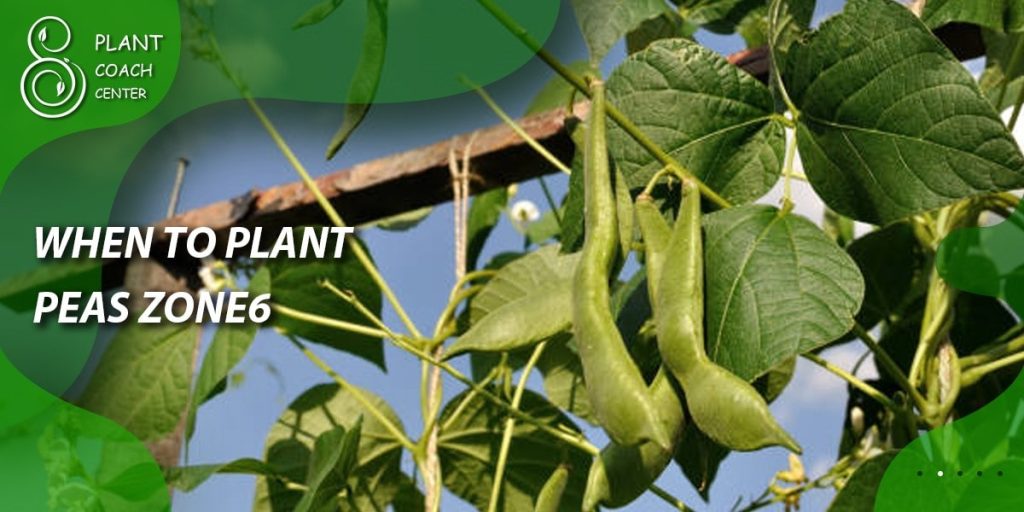
Understanding Zone 5 and Its Climate
When it comes to gardening, understanding your hardiness zone and its climate is fundamental. Zone 5 is characterized by its cool to cold winters and relatively short growing season. It generally experiences an average minimum temperature range of -20°F to -10°F (-28°C to -23°C) during the winter months. Summers in Zone 5 tend to be moderate, with occasional heat spells.
Having a clear understanding of your zone’s climate will help you determine the best time to plant peas and take appropriate measures for a successful harvest. Now, let’s explore the factors that influence pea planting in Zone 5.
- Factors Influencing Pea Planting in Zone 5
- Temperature: Peas are cool-season crops that prefer temperatures between 55°F and 75°F (13°C to 24°C). Understanding the temperature fluctuations in Zone 5 is crucial for determining the optimal planting time.
- Frost Dates: The last frost date marks the end of the frosty period in spring, while the first frost date indicates the beginning of fall’s colder temperatures. Knowing these dates in Zone 5 is essential for planning your pea planting and avoiding potential frost damage.
- Microclimates: Zone 5 encompasses a range of microclimates due to variations in elevation, proximity to bodies of water, and exposure to sunlight. These microclimates can impact the growing season and may influence when you should plant peas in your specific location.
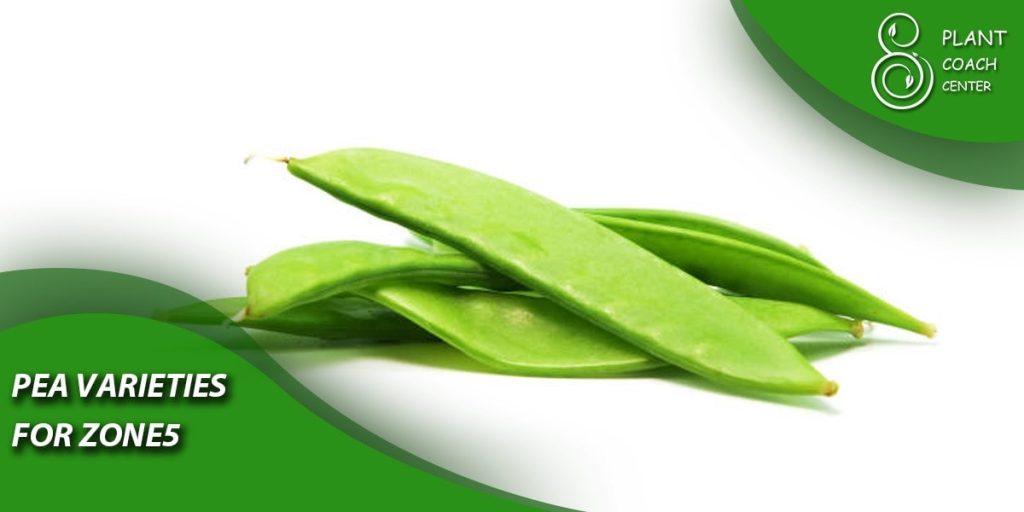
Pea Varieties for Zone 5
Selecting the right pea variety is crucial for a successful harvest in Zone 5. Consider the following factors when choosing pea varieties:
– Days to Maturity: Look for pea varieties with shorter maturity periods to ensure they have enough time to mature before the first fall frost. Early-maturing varieties typically take around 55 to 65 days, while mid-season and late-maturing varieties may require 70 to 90 days or more.
– Cold Hardiness: Opt for pea varieties known for their cold hardiness. These varieties can withstand lower temperatures and are better suited for Zone 5’s climate.
– Disease Resistance: Check for pea varieties with resistance to common diseases in your area, such as powdery mildew or pea enation mosaic virus (PEMV), to ensure healthier plants and higher yields.
Preparing for Planting
Before planting peas in Zone 5, it’s crucial to prepare the soil adequately. Follow these steps to ensure optimal growing conditions for your pea plants:
- Soil Preparation Techniques for Zone 5 Pea Planting
- Clear the Area: Remove any weeds, rocks, or debris from the planting area. Clearing the space allows your pea plants to thrive without competition for nutrients and space.
- Loosen the Soil: Use a garden fork or tiller to loosen the soil to a depth of about 8 to 10 inches (20-25 cm). This helps improve drainage, aeration, and root penetration.
- Amend the Soil: Add organic matter such as compost or well-rotted manure to enrich the soil. This improves its fertility, moisture retention, and overall structure.
- Test Soil pH: Peas prefer slightly acidic to neutral soil with a pH range of 6.0 to 7.5. Test your soil using a pH testing kit, and if necessary, adjust it by adding lime to raise pH or sulfur to lower pH.
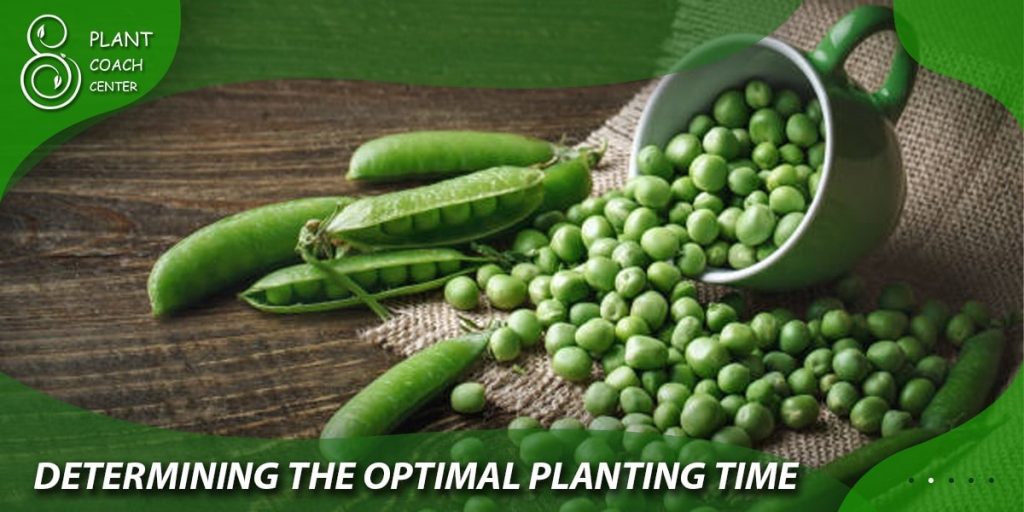
Determining the Optimal Planting Time
Timing is crucial when it comes to planting peas in Zone 5. Understanding the last frost date and other factors will help you determine the optimal planting time. Consider the following steps:
- Factors Affecting the Planting Time in Zone 5
- Last Frost Date: Determine the average date of the last spring frost in your specific area of Zone 5. This information is essential for planning the safe planting window for your peas.
- Soil Temperature: Peas prefer cooler soil temperatures for germination and early growth. Aim for a soil temperature of around 45°F to 60°F (7°C to 15.5°C) for successful seed germination.
- Air Temperature Trends: Monitor the temperature trends in your area to identify a consistent warming pattern. Planting when the air temperatures stabilize above freezing and the soil is workable is generally a good indication.
- Understanding the Last Frost Date and Its Significance
The last frost date serves as a reference point for determining when it’s safe to plant tender crops like peas. It indicates the estimated time when the risk of frost has passed in spring.
Early Planting Techniques
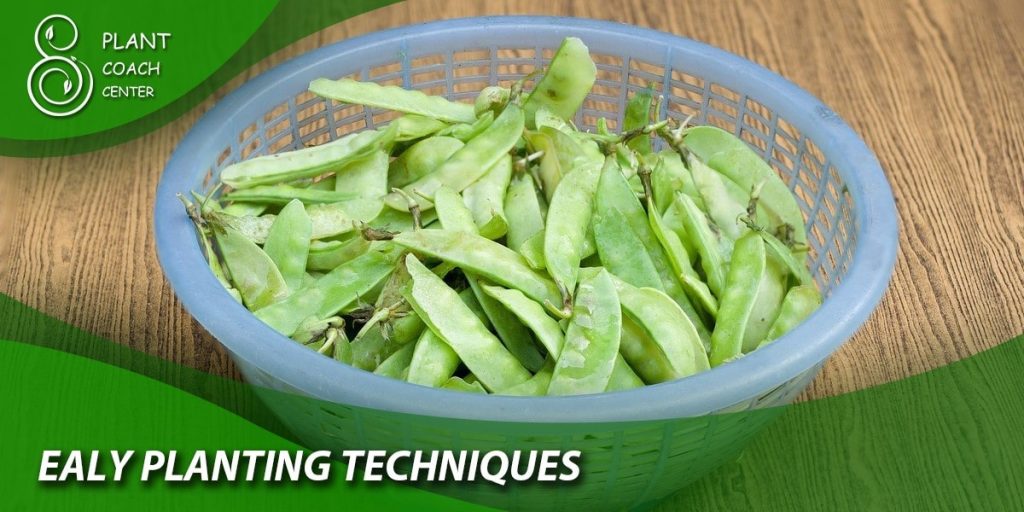
If you’re eager to get a head start on your pea planting in Zone 5, consider employing early planting techniques. These methods can help you extend the growing season and enjoy fresh peas sooner. Follow these strategies for successful early pea planting:
- Strategies for Early Pea Planting in Zone 5
- Raised Beds or Containers: Consider using raised beds or containers for early pea planting. They warm up quicker than the surrounding soil, allowing you to start planting a few weeks earlier.
- Black Plastic or Row Covers: Lay black plastic or row covers over the planting area a couple of weeks before planting. This helps to warm up the soil by trapping heat from the sun. Once the soil has reached the desired temperature, remove the covers and plant your peas.
- Wall of Water or Season Extenders: Utilize season extenders such as Wall of Water or floating row covers. These devices provide additional insulation and protect young pea plants from cold temperatures and frost.
Mid-Season Planting
Mid-season planting allows you to stagger your pea crop and enjoy a continuous harvest throughout the season. Follow these guidelines for successful mid-season pea planting in Zone 5:
- Ideal Timing and Considerations for Mid-Season Pea Planting
- Calculate the Planting Date: Determine the desired harvest period and count backward from the first fall frost date to calculate the ideal mid-season planting date. Aim for planting peas around 8 to 10 weeks before the first fall frost.
- Succession Planting: Consider practicing succession planting by sowing new pea seeds every 2 to 3 weeks. This ensures a continuous supply of fresh peas throughout the growing season.
- Variety Selection: Choose mid-season pea varieties that align with your desired harvest period. Look for varieties with maturity times ranging from 60 to 70 days. This allows you to time your harvests accordingly.
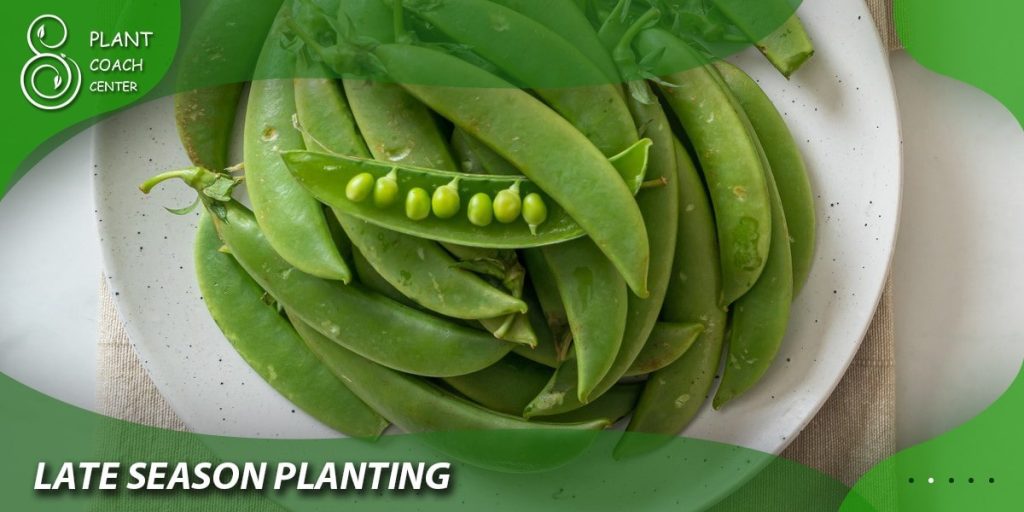
Late Season Planting
Late season planting in Zone 5 allows you to extend your pea harvest into the fall. While peas are generally cool-season crops, certain varieties and techniques can help you successfully grow them during the later part of the season.
- Tips for Late Season Pea Planting in Zone 5
- Choose Suitable Varieties: Look for late-maturing or fall-specific pea varieties that are better adapted to cooler temperatures. These varieties often have longer maturity times, ranging from 70 to 90 days or more.
- Protect from Frost: As fall approaches, be prepared to protect your late-season pea plants from frost. Cover them with frost blankets or row covers overnight to prevent frost damage.
- Utilize Microclimates: Take advantage of any microclimates in your garden that provide extra warmth and protection. South-facing walls or areas near buildings can retain heat and extend the growing season for your peas.
Additional Tips for Successful Pea Planting in Zone 5
To ensure a successful pea harvest in Zone 5, consider the following additional tips:
- Watering and Moisture
– Consistent Moisture: Peas require consistent moisture, especially during flowering and pod development. Aim to keep the soil evenly moist, but not waterlogged, throughout the growing season.
– Mulching: Apply a layer of organic mulch around your pea plants to help conserve moisture, suppress weed growth, and maintain more stable soil temperatures.
- Support and Trellising
– Provide Support: Peas are climbing plants that benefit from vertical support. Install trellises, stakes, or a pea-specific support system to keep the plants upright and facilitate better air circulation.
– Planting Density: Consider planting peas in double rows or staggered patterns to maximize space utilization and support multiple plants using a single trellis or support structure.
- Pest and Disease Management
– Monitor for Pests: Keep an eye out for common pests such as aphids, pea weevils, and caterpillars. Regularly inspect your plants and take appropriate measures, such as handpicking or using organic pest control methods, if necessary.
– Disease Prevention: Practice crop rotation and avoid planting peas in the same location year after year to minimize the risk of soil-borne diseases. Proper spacing, good airflow, and maintaining healthy soil conditions can also help prevent diseases like powdery mildew.
Harvesting Peas in Zone 5
Harvesting peas at the right time ensures optimal flavor and texture. Here are some guidelines for harvesting peas in Zone 5:
- Determining Harvest Readiness
- Observing Pod Appearance: Peas are ready for harvest when the pods are plump, firm, and bright green. The pods should feel full and should not have started to dry out or yellow.
- Testing Pod Snap: Gently pinch a pod and listen for a crisp, audible snap. This indicates that the peas inside are at their peak tenderness and sweetness.
- Checking Seed Development: If you prefer slightly more mature peas, you can wait until the peas inside the pod have developed a noticeable roundness. However, avoid waiting too long, as over-mature peas can become starchy and lose their sweetness.
- Harvesting Techniques
- Using Two Hands: Hold the stem with one hand while using the other hand to gently pull the pod off the plant. This helps prevent damage to the plant and adjacent pods.
- Harvesting Frequently: Peas can mature quickly, especially during warm weather, so check your plants regularly and harvest every few days to catch them at their peak.
- Harvesting in the Morning: Harvest peas in the morning when they are at their crispest and most flavorful. Avoid harvesting in the heat of the day, as the peas may become limp and lose quality.
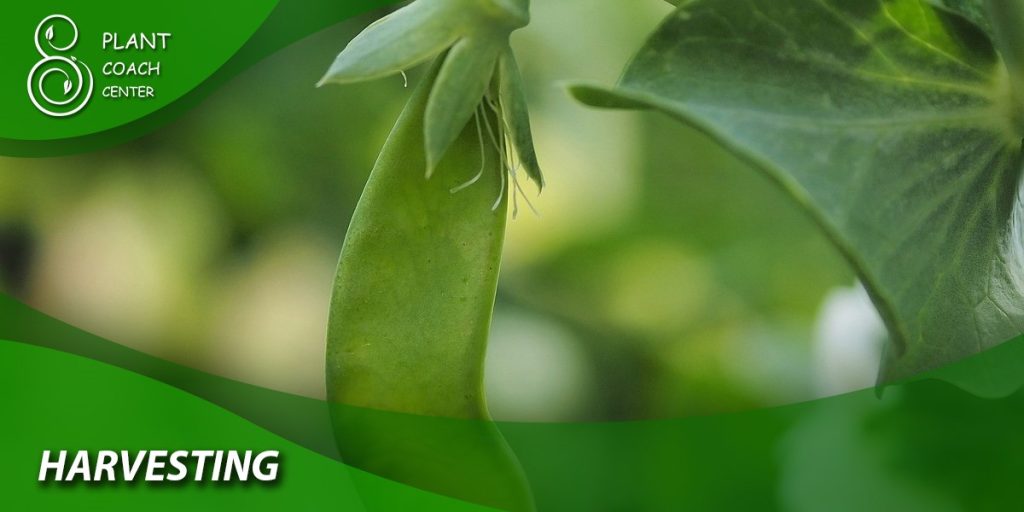
Conclusion
Planting peas in Zone 5 can be a rewarding experience, providing you with a bountiful harvest of delicious and nutritious legumes. By understanding the specific considerations for your zone, such as soil preparation, optimal planting times, and suitable varieties, you can maximize your success.
Whether you choose to plant in early, mid, or late season, or even pursue the challenge of overwintering, following these guidelines and tips will set you on the path to a thriving pea garden. At PlantCoachCenter.com, we’re dedicated to providing expert advice and resources to help you become a successful gardener
Happy planting and enjoy the sweet rewards of homegrown peas in Zone 5!


